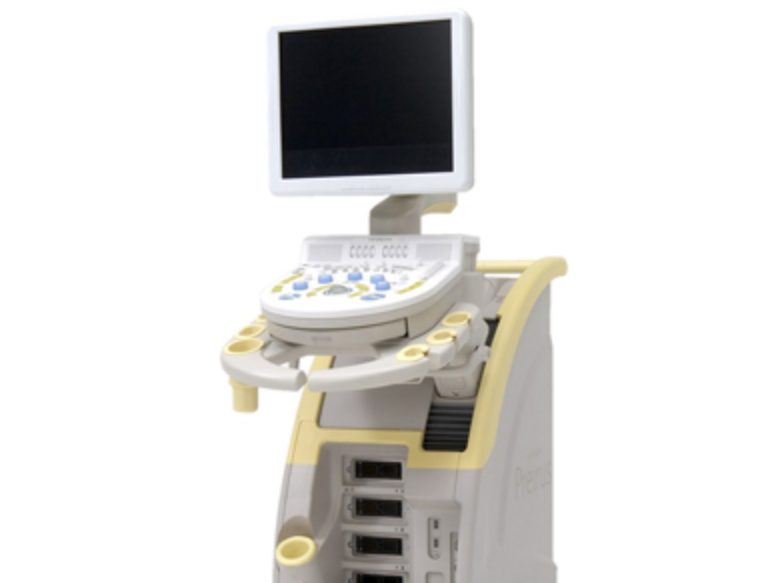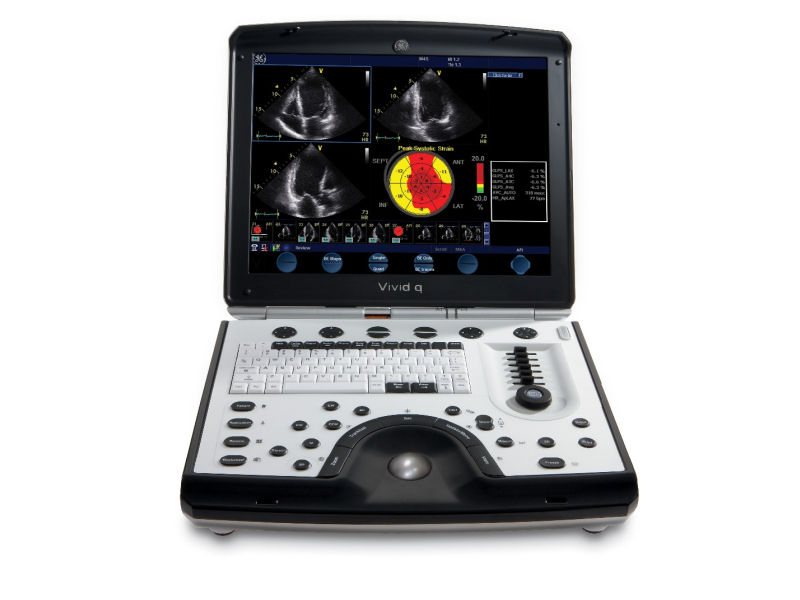Women who have indeterminate BI-RADS© 3 or BI-RADS© 4 breast masses should undergo a diagnostic biopsy instead of having follow-up imaging if they are over age 50 or their breast ultrasound shows certain features, researchers have said.
Currently, there is little data about which BI-RADS© descriptors are most strongly associated with malignancy, so it can be difficult for providers to determine which women should receive BI-RADS© 3 (follow-up imaging) and which ones should be categorized as BI-RADS© 4 (diagnostic biopsy). Consequently, many breast cancers go unnoticed annually.
Investigators from Germany and the University of Virginia School of Medicine set out to reduce this number of missed cancers. In a study published May 4 in the Journal of Ultrasound in Medicine, they shared a new practical decision rule to help providers decide between categorizations.
“The new clinical decision rule states that a patient should undergo a diagnostic biopsy (BI-RADS© 4) instead of follow-up imaging (BI-RADS© 3) if the patient is 50 years or older or there is a presence of at least one of the following features: calcification, non-parallel orientation of mass, non-circumscribed margin, [or] posterior shadowing,” said the team led by Michael Golatta, M.D., senior consultant from the gynecology department at Heidelberg University in Germany.
For their study, the team enrolled 1,288 women, average age 46, between February 2016 and March 2019 who had been categorized as either BI-RADS© 3 or BI-RADS© 4 with a routine B-mode ultrasound exam with a linear 18 MHz transducer. The participants came from 12 study sites in seven countries (Austria, France, Germany, Japan, Portugal, The Netherlands, and the United States).
All images included multiple measurements, and all patients underwent histopathological confirmation. A team of three experts – a radiology professor, a breast diagnostics professor, and a senior physician specializing in breast diagnostics – assessed all the exams. Based on the histopathology, 368 of 1,288 masses (28.6 percent) were malignant, and the experts categorized 269 patients (20.9 percent) as BI-RADS© 3, 516 (40.1 percent) as BI-RADS© 4a, 299 (23.2 percent) as BI-RADS© 4b, and 204 (15.8 percent) as BI-RADS© 4c.

According to their assessments, spiculated margin, posterior shadowing, angular margin, non-parallel orientation, irregular shape, and calcification were most strongly associated with malignancy. Multivariate logistic regression also showed round mass shape; non-parallel mass orientation; non-circumscribed, indistinct margin; non-circumscribed, angular margin; non-circumscribed, microlobulated margin; posterior enhancement; calcification; and age over 50 years were also significantly associated with masses being cancerous.
Based on these findings, the team established their new clinical classification rule. In comparison to the three interpreting experts, they said, their rule demonstrated 97.3-percent sensitivity over the readers’ 78.8 percent-to-94.8 percent or the 59.2 percent of an existing classification rule. Specificity was comparable to the readers – 44.1 percent and 21.5 percent-to-44.9 percent, respectively, but it was much lower than the 82.7 percent achieved by the existing rule.
The new rule’s performance with false negatives and false positives was somewhat mixed, the team said. Compared to the readers, the new rule resulted in 23.7 percent fewer false positives and 56.5 percent fewer false negatives. However, against the existing rule, it resulted in 93.3 percent fewer false negatives and 323.3 percent more false positives.
“Although the high negative-predictive value is an important finding (very few women with cancer are missed), the positive-predictive value shows that this decision rule to differentiate BI-RADS© 3 or 4 breast masses is not yet optimal (many women may still undergo unnecessary biopsies despite having benign breast masses,” the team said. “Findings the optimal balance between an aggressive biopsy strategy and a conservative follow-up strategy is challenging and an ongoing issue in breast cancer care.”
The team noted that their results could be limited because the patient population was restricted to a group of pre-selected women who only had indeterminate BI-RADS© 3 and BI-RADS© 4 masses. As such, their finding may not be readily applicable to women with BI-RADS© 2 or BI-RADS© 5 masses
 Hitachi Aloka HI VISION PREIRUS: Image Interference
Hitachi Aloka HI VISION PREIRUS: Image Interference
 GE VIVID I system maintainance
GE VIVID I system maintainance